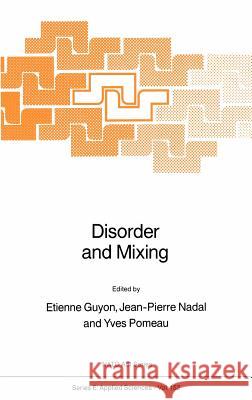Disorder and Mixing: Convection, Diffusion and Reaction in Random Materials and Processes » książka
topmenu
Disorder and Mixing: Convection, Diffusion and Reaction in Random Materials and Processes
ISBN-13: 9789024737888 / Angielski / Twarda / 1988 / 345 str.
Disorder and Mixing: Convection, Diffusion and Reaction in Random Materials and Processes
ISBN-13: 9789024737888 / Angielski / Twarda / 1988 / 345 str.
cena 883,53
(netto: 841,46 VAT: 5%)
Najniższa cena z 30 dni: 771,08
(netto: 841,46 VAT: 5%)
Najniższa cena z 30 dni: 771,08
Termin realizacji zamówienia:
ok. 22 dni roboczych
Dostawa w 2026 r.
ok. 22 dni roboczych
Dostawa w 2026 r.
Darmowa dostawa!
Proceedings of the NATO Advanced Study Institute, Cargese, Corsica, France, June 15-27, 1987











